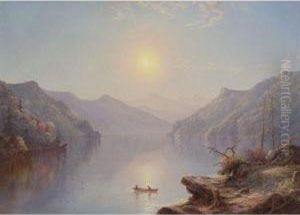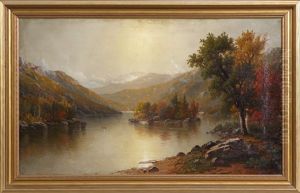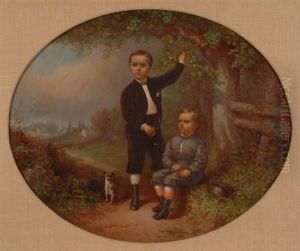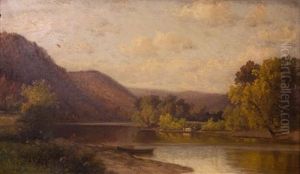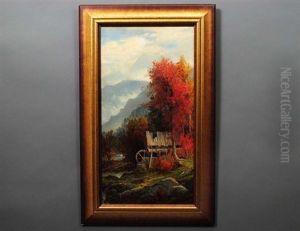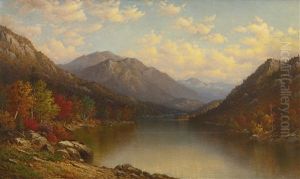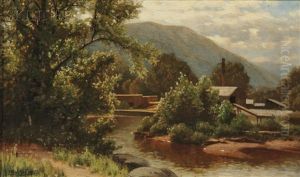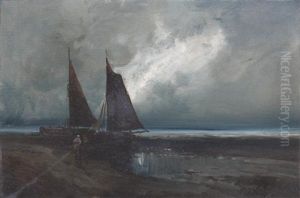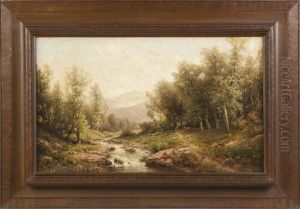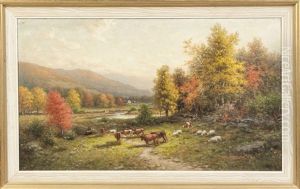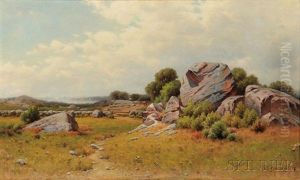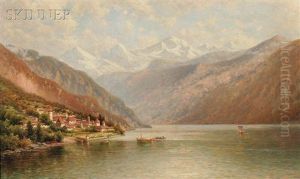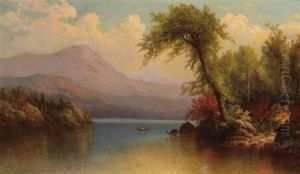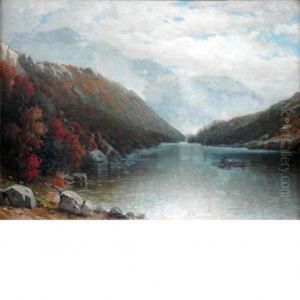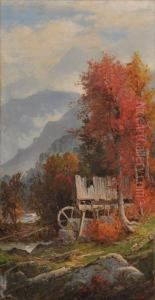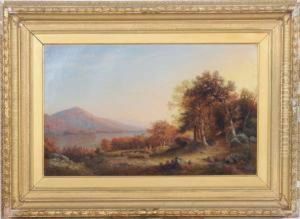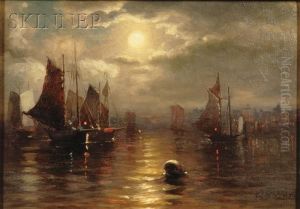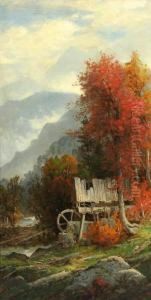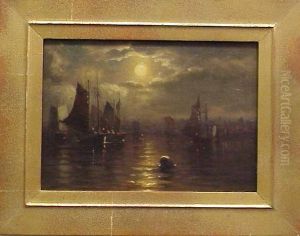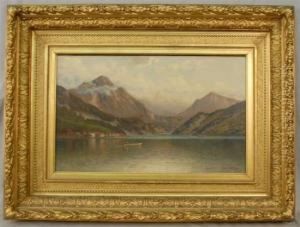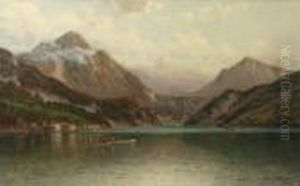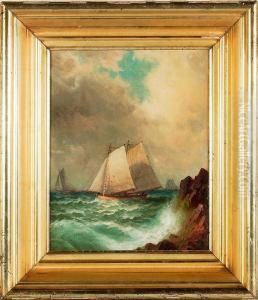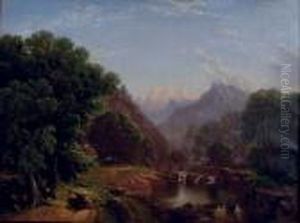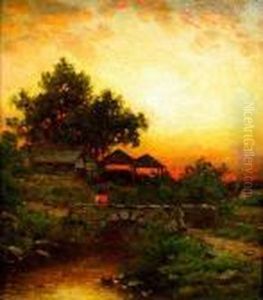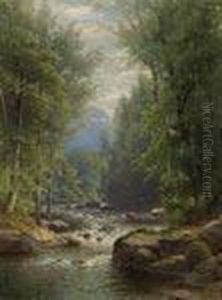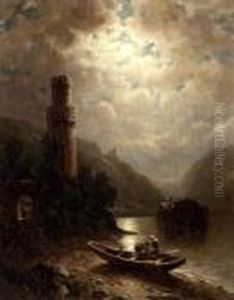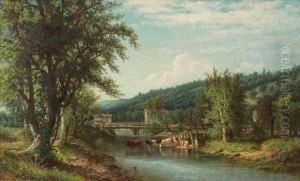George W. Waters Paintings
George W. Waters was an American painter known for his landscape works. Born in 1823, Waters grew up in the era where the Hudson River School was prominent, which significantly influenced his artistic development. Although not as widely recognized as some of his contemporaries like Thomas Cole or Frederic Edwin Church, Waters developed a style that resonated with the American vision of the landscape at the time.
Waters spent the bulk of his career in Elmira, New York, where he was a respected member of the community and where his work received considerable local patronage. His paintings often depicted the northeastern United States' natural beauty, emphasizing the picturesque and serene qualities of the landscape. Waters was skilled in capturing the varying moods of nature, from the tranquil to the dramatic, with a particular focus on the interplay of light and shadow.
During his lifetime, he exhibited his works at various institutions, including the National Academy of Design. He also participated in the American art scene, contributing to the growing appreciation of landscape painting in the United States. Despite his active role, Waters did not achieve the same level of fame as some of his peers, which has led to him being somewhat overshadowed in the annals of American art history.
George W. Waters passed away in 1910. His legacy is preserved through his paintings, which continue to be appreciated by art historians and collectors for their contribution to the American landscape painting tradition. His works are held in several regional museums and private collections, serving as a testament to his skill and the aesthetic values of his time.
